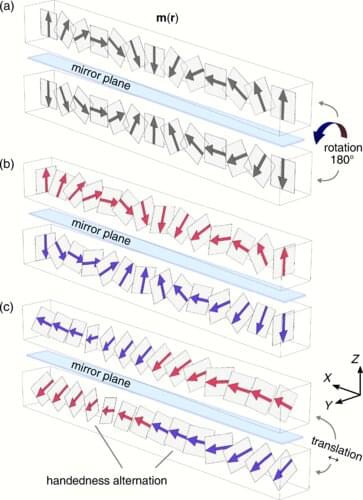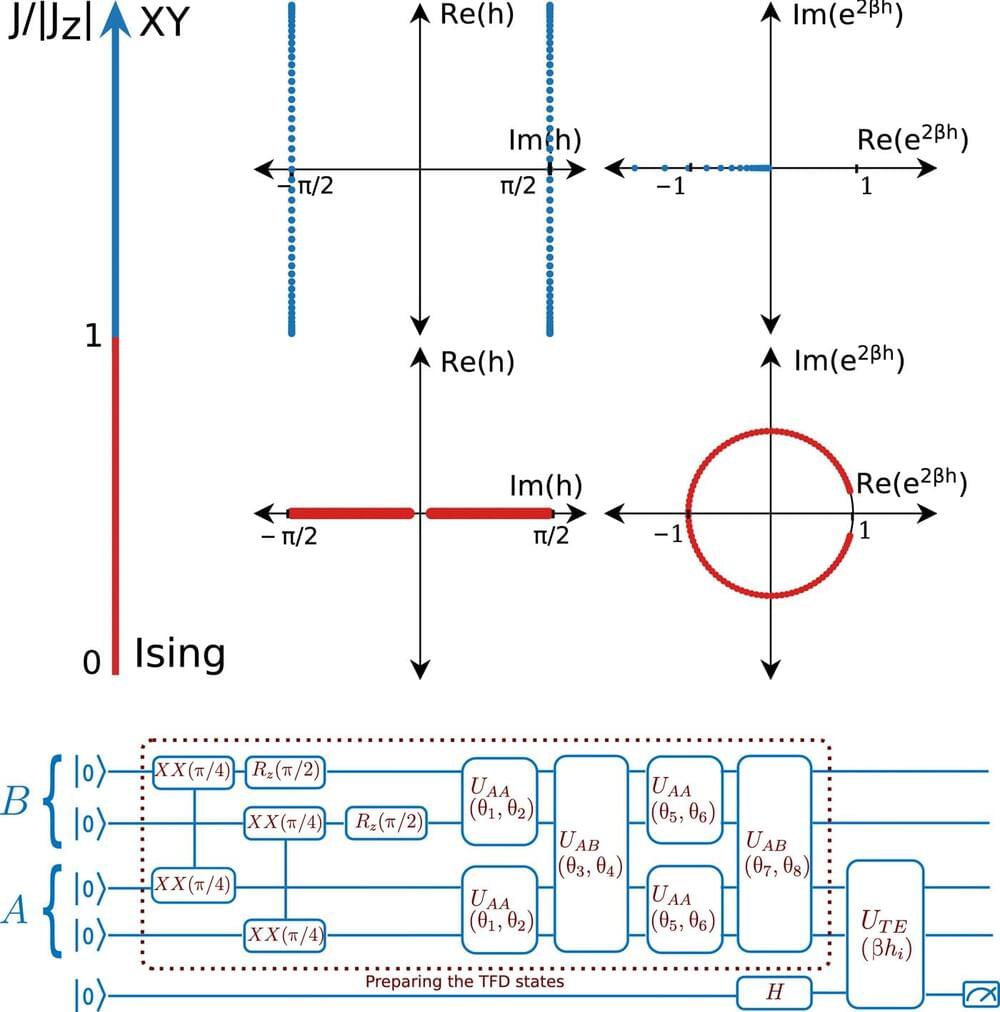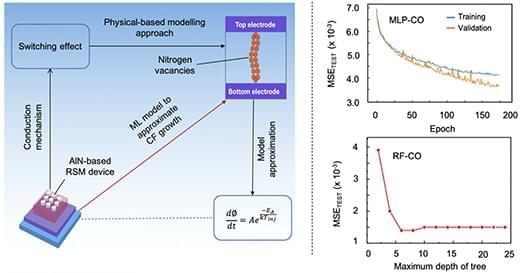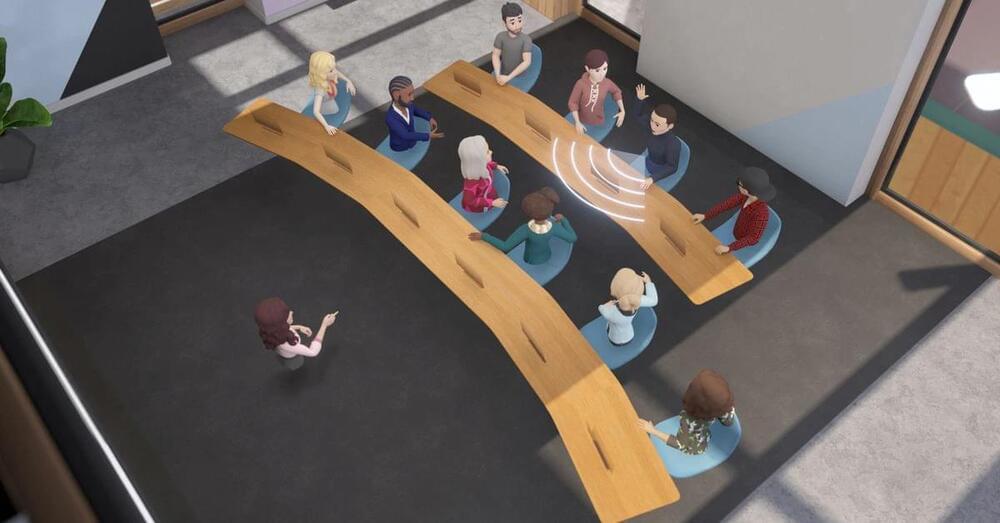Researchers from Skoltech, KTH Royal Institute of Technology, and Uppsala University have predicted the existence of antichiral ferromagnetism, a nontrivial property of some magnetic crystals that opens the door to a variety of new magnetic phenomena. The paper was published in the journal Physical Review B.
Chirality, or handedness, is an extremely important fundamental property of objects in many fields of physics, mathematics, chemistry and biology; a chiral object cannot be superimposed on its mirror image in any way. The simplest chiral objects are human hands, hence the term itself. The opposite of chiral is achiral: a circle or a square are simple achiral objects.
Chirality can be applied to much more complex entities; for instance, competing internal interactions in a magnetic system can lead to the appearance of periodic magnetic textures in the structure that differ from their mirror images—this is called chiral ferromagnetic ordering. Chiral crystals are widely considered promising candidates for magnetic data storage and processing device realization as information can be encoded via their nontrivial magnetic textures.






